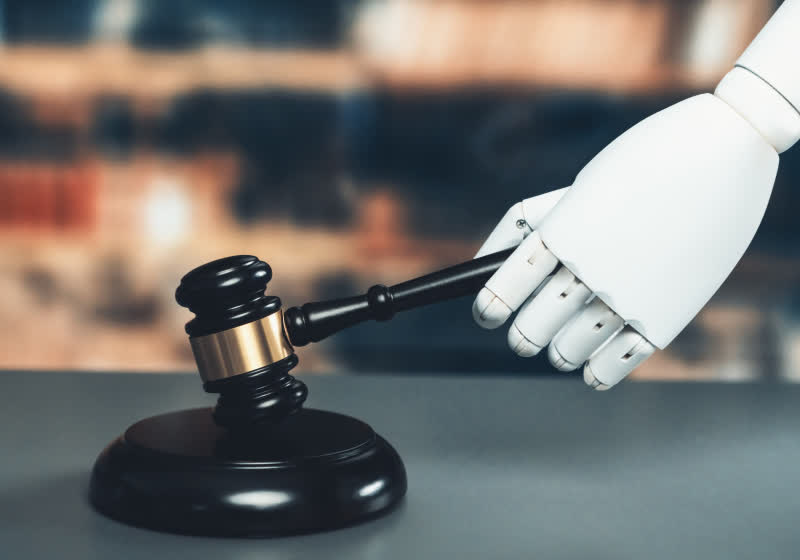MAT-MPNN: A Mobility-Aware Transformer-MPNN Model for Dynamic Spatiotemporal Prediction of HIV Diagnoses in California, Florida, and New England
PositiveArtificial Intelligence
- The MAT
- This advancement is significant as it provides a more nuanced understanding of HIV transmission dynamics, which is crucial for public health strategies and resource allocation in combating the epidemic.
- The integration of advanced deep learning techniques like MAT
— via World Pulse Now AI Editorial System

